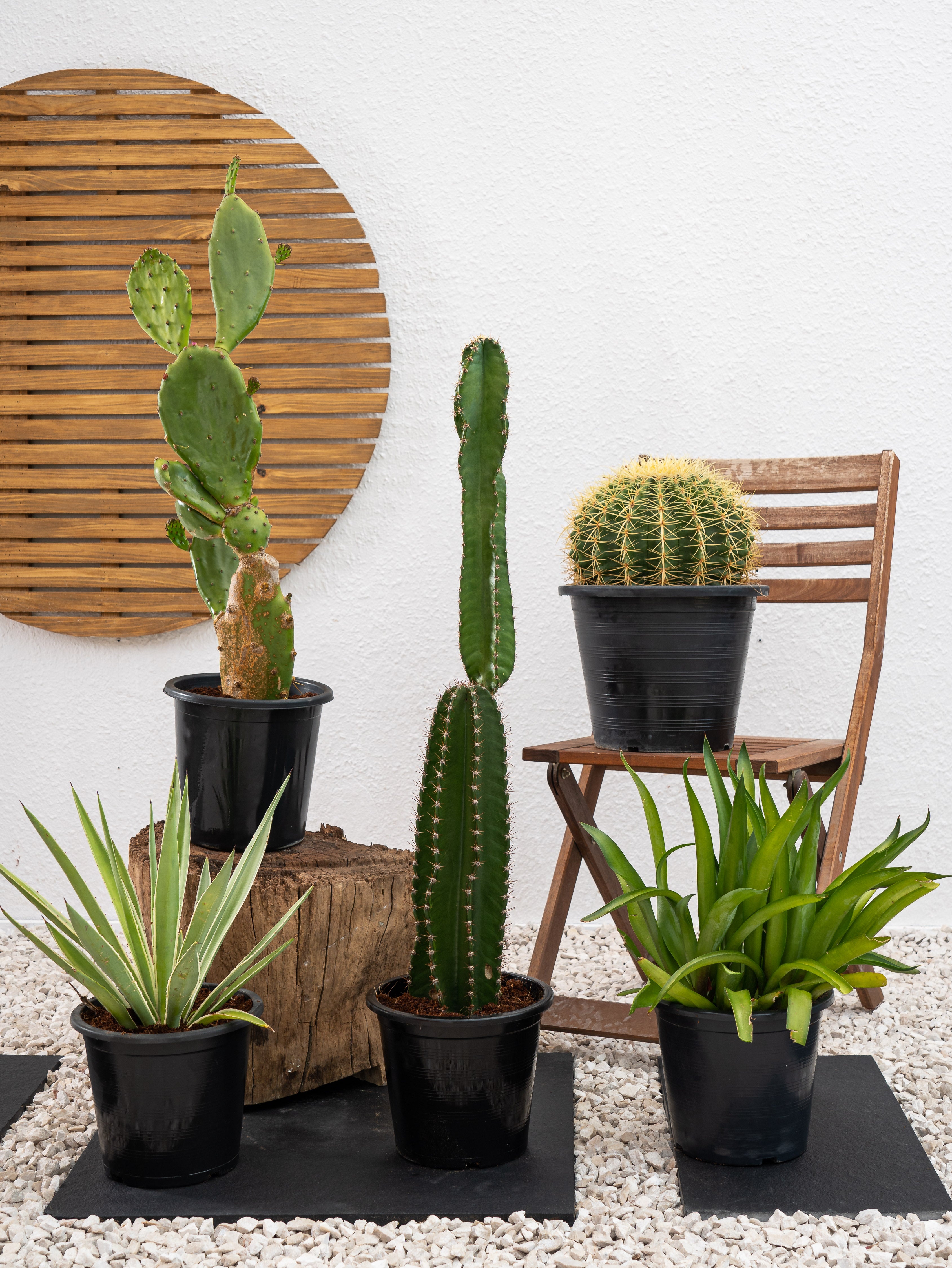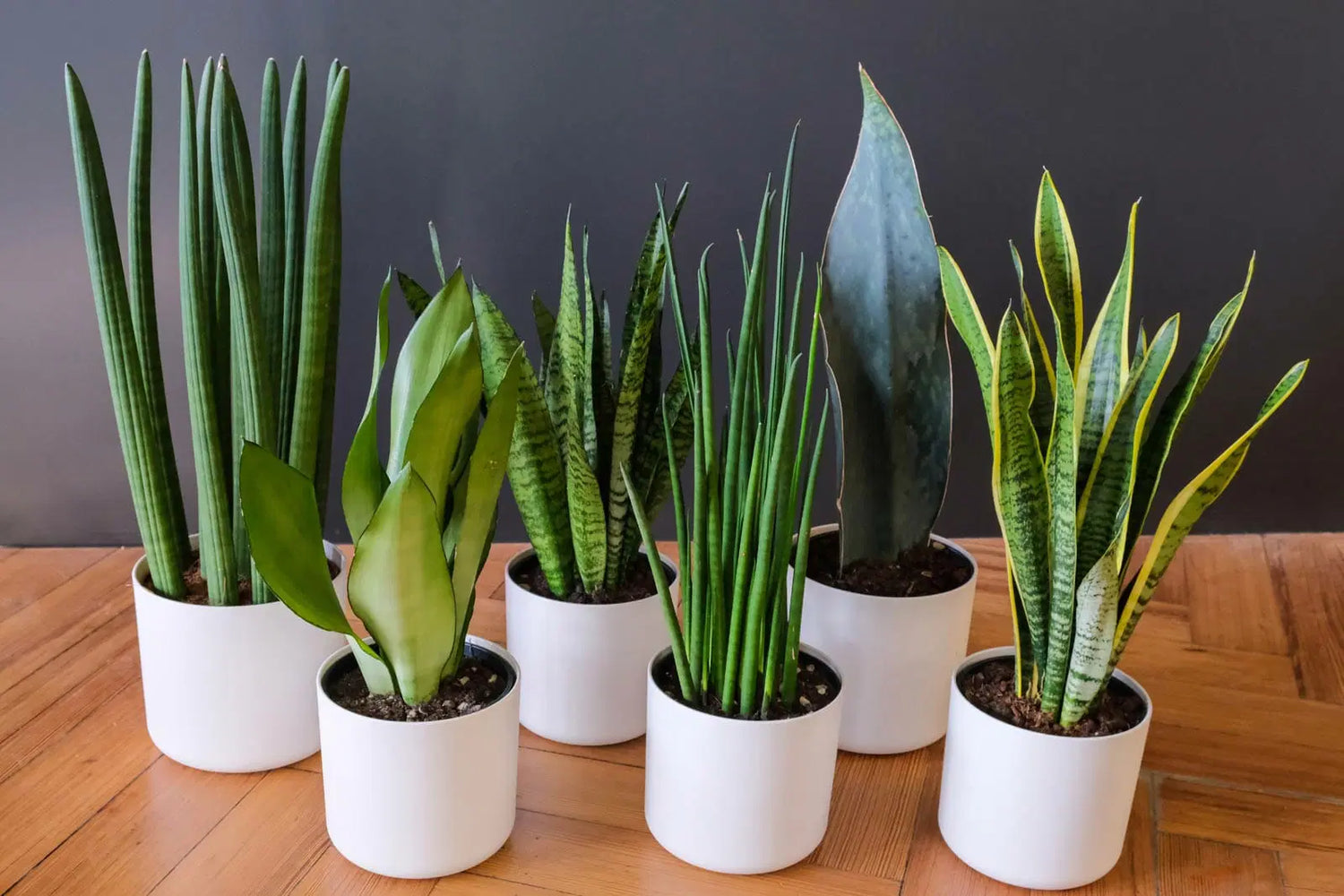Snake plants, also known as Sansevieria or mother-in-law's tongue, are a popular choice for office spaces. They are not only aesthetically pleasing but also come with a host of benefits that can enhance productivity and wellbeing. This article explores the various advantages of having snake plants in office environments and provides tips on how to care for them effectively.
Benefits of Snake Plants in Office Spaces

-
Air Purification
One of the most significant benefits of snake plants is their ability to purify the air. According to NASA’s Clean Air Study, snake plants can remove toxins such as formaldehyde, benzene, xylene, and trichloroethylene from the air. Cleaner air can lead to improved respiratory health and overall wellbeing, which is crucial in an office setting where people spend long hours indoors.
Also Read- Green Medicine: How Snake Plants Can Improve Your Health Naturally
-
Oxygen Production
Snake plants are unique because they perform photosynthesis and produce oxygen even at night. This is due to their Crassulacean Acid Metabolism (CAM) process. Having snake plants in the office can increase oxygen levels, which can help improve concentration and reduce feelings of fatigue among employees.
-
Low Maintenance
For busy office environments, low-maintenance plants are essential. Snake plants are incredibly hardy and can thrive with minimal care. They can tolerate low light conditions, infrequent watering, and varying temperatures, making them perfect for office spaces.
-
Stress Reduction
Numerous studies have shown that having plants in the office can reduce stress levels. The presence of greenery has a calming effect, which can help lower blood pressure and reduce anxiety. Snake plants, with their sleek, upright leaves, add a touch of nature to the office, promoting a tranquil and stress-free environment.
-
Aesthetic Appeal
Snake plants are visually striking and can complement any office decor. Their tall, sword-like leaves and unique patterns make them an attractive addition to workspaces. Placing them in strategic locations can enhance the overall aesthetic of the office, making it a more inviting place to work.
-
Noise Reduction
Plants can also help reduce noise levels in office spaces. The leaves of snake plants can absorb sound, which can help create a quieter and more focused working environment. This is particularly beneficial in open-plan offices where noise can be a significant distraction.
How to Incorporate Snake Plants in Office Spaces

-
Desk Plants
Small snake plants can be placed on desks to add a personal touch to individual workspaces. They can help improve air quality directly around the employee and add a bit of green to their immediate environment.
-
Common Areas
Place larger snake plants in common areas such as lobbies, break rooms, and conference rooms. These areas often have more space and can benefit from the air-purifying and stress-reducing properties of snake plants.
-
Corners and Hallways
Use tall snake plants to fill empty corners or line hallways. This can help soften the hard edges of office furniture and create a more natural flow within the workspace.
-
Partitions
Snake plants can be used to create natural partitions between workstations. This not only adds privacy but also helps reduce noise levels and improves air quality.
Also Read- Best Locations For Snake Plants In Your Home
Caring for Snake Plants in the Office

-
Lighting
Snake plants are adaptable to various lighting conditions. While they thrive in bright, indirect light, they can also tolerate low light, which is common in many office environments. Avoid placing them in direct sunlight as this can scorch their leaves.
-
Watering
One of the key reasons snake plants are ideal for offices is their low water requirement. Water them every 2-3 weeks, allowing the soil to dry out completely between waterings. Overwatering can lead to root rot, so it’s better to err on the side of underwatering.
-
Soil and Potting
Use well-draining soil, such as a cactus or succulent mix, to prevent water from sitting at the roots. Ensure the pot has drainage holes to allow excess water to escape. Repotting every 2-3 years can help keep the plant healthy and encourage growth.
-
Temperature
Snake plants are hardy and can tolerate a wide range of temperatures, making them suitable for office environments. They prefer temperatures between 60-85°F (16-29°C) and can handle fluctuations that occur when offices are empty over weekends.
-
Fertilizing
Fertilize snake plants once a month during the growing season (spring and summer) with a balanced, all-purpose houseplant fertilizer. Reduce feeding during the fall and winter when the plant’s growth slows down.
Also Read- Common Problems With Snake Plants And How To Fix Them
Conclusion
Incorporating snake plants into office spaces offers numerous benefits that enhance both productivity and wellbeing. They improve air quality, reduce stress, and add aesthetic appeal, all while being incredibly low-maintenance. By strategically placing snake plants around the office and providing them with the proper care, you can create a healthier, more inviting, and productive work environment.
Consider adding these resilient plants to your office today to experience their full range of benefits.













Leave a comment
This site is protected by hCaptcha and the hCaptcha Privacy Policy and Terms of Service apply.